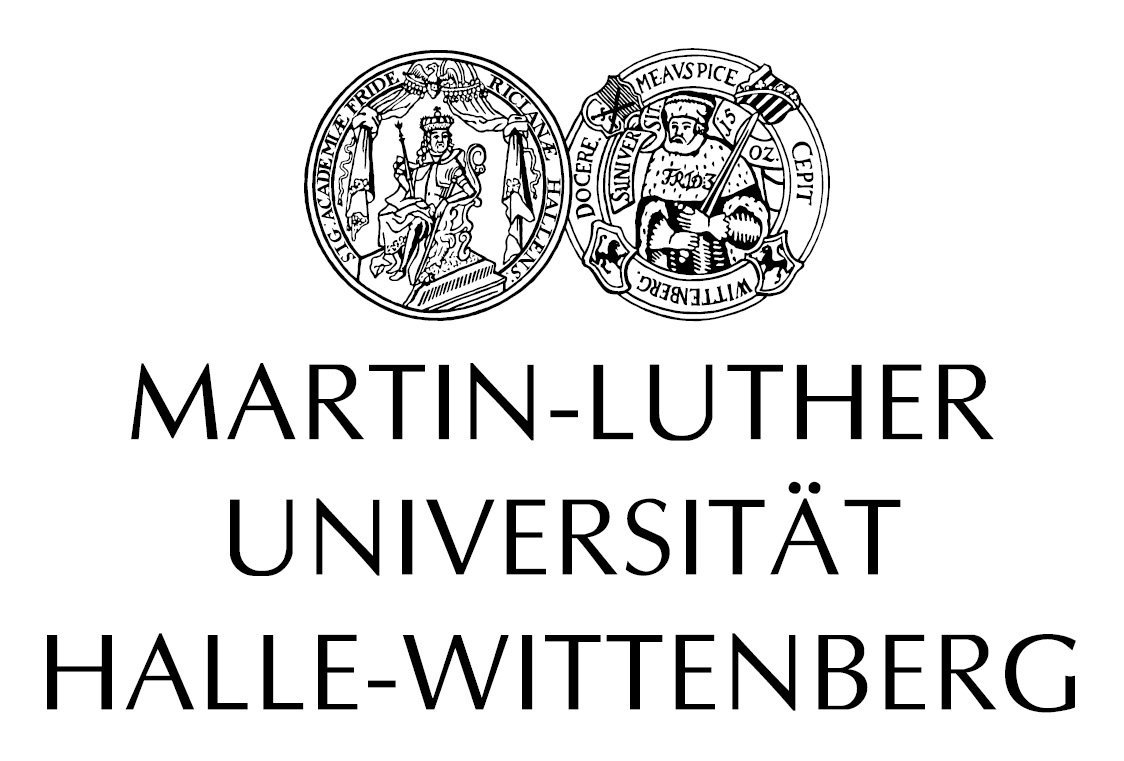The next speaker of the Halle Plant Science Colloquium on February 16, will be Dr. Ute Armbruster from the MPI of Molecular Plant Physiology in Golm.
The focus of Dr. Armbruster’s research is the identification and characterization of regulatory mechanisms of photosynthesis especially regarding fluctuating light conditions: Regulation of Photosynthesis. In her online presentation, titeled “Regulation of Photosynthesis via thylakoid ion antiport“, she will give a deep insight into this interesting field of research. We’re really looking forward to hearing her talk and getting involved in the discussion.
Moreover, we’re very grateful that Dr. Armbruster will later meet exclusively with our RTG PhD students in an online breakfast meeting to discuss issues of interest related to research and academic careers on a more personal level.
Abstract: In nature, sunlight availability for plant photosynthesis can vary drastically. Strong fluctuations in light energy are caused by clouds and shading leaves moving with the wind. In high light phases, photosynthesis is protected by non-photochemical quenching (NPQ). The main plant component of NPQ, the energy-dependent quenching (qE), dissipates excess absorbed light energy harmlessly as heat. qE is triggered by low lumenal pH. In low light phases, a rapid qE downregulation is required for high quantum yield of photosynthesis. Previously, we could show that in Arabidopsis thaliana, proton export from the lumen by the thylakoid K+/H+ efflux antiporter KEA3 accelerates the downregulation of NPQ after transitions to low light and thereby transiently increases CO2 fixation rates. In my talk, I will show that KEA3 activity is regulated via a C-terminal domain. This domain inactivates KEA3-mediated K+/H+ antiport in high light and thereby protects photosystem II from photo-oxidative damage. Plants expressing a de-regulated KEA3 variant, lacking the C-terminal domain, however, show increased CO2 assimilation rates during photosynthetic induction. Together, the data reveal a trade-off between long-term photoprotection and a short-term boost in carbon fixation rates, which is under the control of the KEA3 C-terminus. Additionally, I will report on our recent characterization of KEA3 function under near-natural and natural light environments.
Get more detailed information to the event here: https://rtg2498.uni-halle.de/hpsc_uarmbruster/


